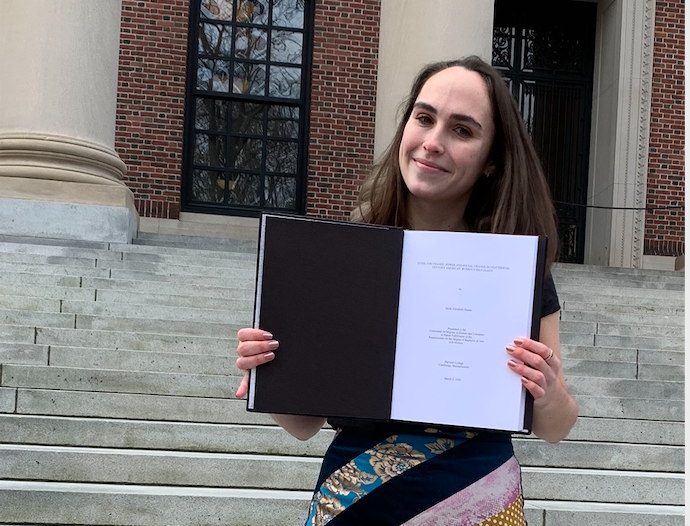Two years have passed since I wrote about the rise of MOOCs (Massive Open Online Courses). A MOOC is an online course that can support unlimited participation and open access via the internet.
Quality educational content has never been more widely available.
Quality educational content has never been more widely available. The world’s experts are recording their lectures and courses and making them available at affordable prices, if not for free.
It has become cheap and easy for a content expert (not just professors, but consultants, authors and practitioners) to set up a camera, record lecture-like videos, develop testing material, and make it available to everyone through one of any number of digital educational platforms which serve (and bill) the courses.
Higher Ed is scrambling to keep up.
As technology drives down the variable (and even fixed) cost of creating and distributing video content, it is now possible to widely share educational materials. On some level, it’s not that different than what the printing press enabled, in terms of democratizing knowledge. But video and digital content are more engaging and fun than textbooks.
Most schools have been experimenting with MOOCs. For example, Wharton at the University of Pennsylvania, one of the most well-regarded business schools in the world, offers MBA-level introductory courses in Marketing, Accounting, Finance and Operations, featuring their most experienced and engaging faculty, peer collaboration and review, and automated testing and feedback.
But much more rapid experimentation is happening outside the walls of top universities. Khan Academy provides brief snippets of instruction to clarify complex ideas, which are often used to support students learning in traditional classrooms. edX has combined forces with Google to open the technology needed for MOOCs to a broader audience. Vishen Lakhiani, founder of the popular educational technology company MindValley, has publicly talked about the failure of traditional higher ed to meet the needs of the world’s learners, both in terms of accessibility and content.
According to Inside Higher Ed, there are literally thousands of MOOCs available.
Universities are still trying to answer questions about the future of MOOCs, what their role should be, and how MOOCs will impact business as usual. The pace of experimentation with remote and pre-recorded learning in Higher Ed has accelerated, even as they try to justify their high tuition fees for online learning (which is available much more cheaply elsewhere.)
Here are some of the questions on their minds:
- Should we offer MOOCS? If so, what, if anything, should we charge for them?
- Which faculty should teach our MOOCs?
- What if faculty want to offer MOOCS on their own. Is that allowed? What kind of oversight should the university offer?
- How should MOOCs affect accreditation?
- What, if anything, can we charge for courses?
But the biggest question is this: If all of our courses are offered online, why would someone pay for a campus experience? Especially now, when many of our tuition-paying, degree-seeking students are having a primarily online experience?
Higher education is changing, with traditional organizations and entrepreneurs alike rethinking how best to deliver on the industry’s overarching forever promise (equipping citizens to live a good and productive life). One thing is clear: the “four year” year college model is not enough. For some, it’s too expensive. For others, it’s too disruptive.
The question isn’t “how do we get our content online”–it’s “how do we expand and extend the way we deliver on our forever promise in light of changing conditions”?
While many institutions are working on remote and online courses, I think they’re missing the bigger questions. The question isn’t “how do we get our content online”–it’s “how do we expand and extend the way we deliver on our forever promise in light of changing conditions”?
The forever promise for Higher Ed, at least in the US, is not limited to the course material itself. It’s a promise to change students for the better–to make them good citizens and ensure that they will be able to find and keep interesting and lucrative professional opportunities throughout their career.
Certainly courses are important, but equally if not more important to that promise is the cohort of fellow students, feedback and interaction from faculty, extracurriculars, career guidance and alumni support. Higher Ed Institutions as well as the entrepreneurs who want to replace them need to incorporate community, coaching and ongoing benefits into their programs if the want to stay relevant.
As learners, our journey is never ending. Our needs and our environment change over time, and we know that to live our best and most productive lives, we need a model that provides continuous growth…forever.

